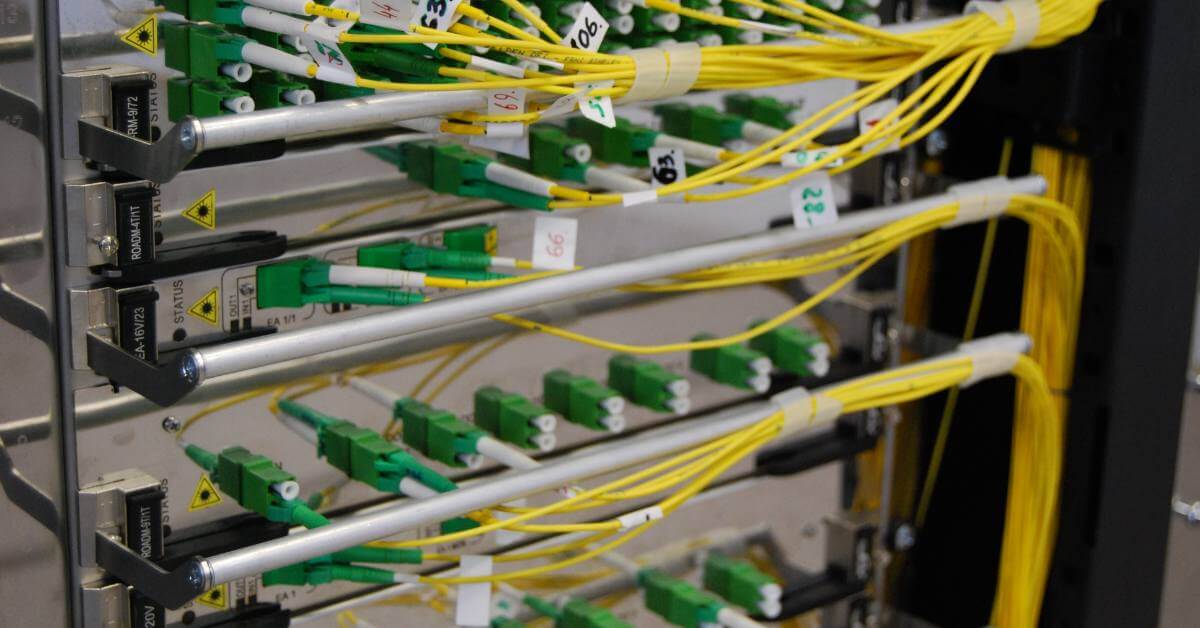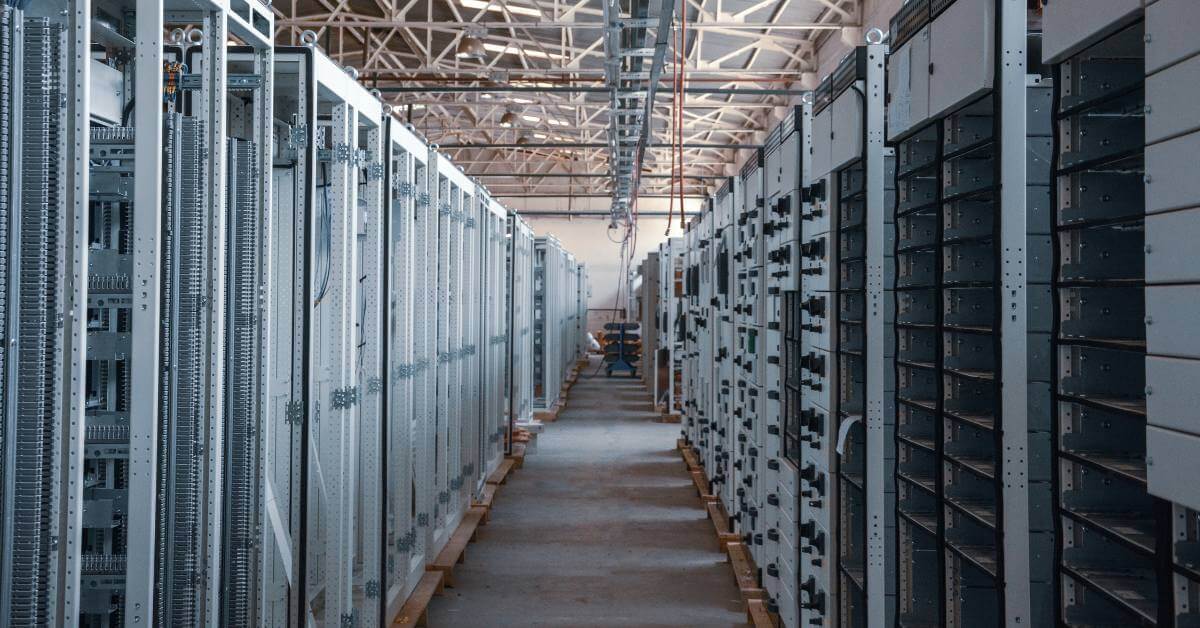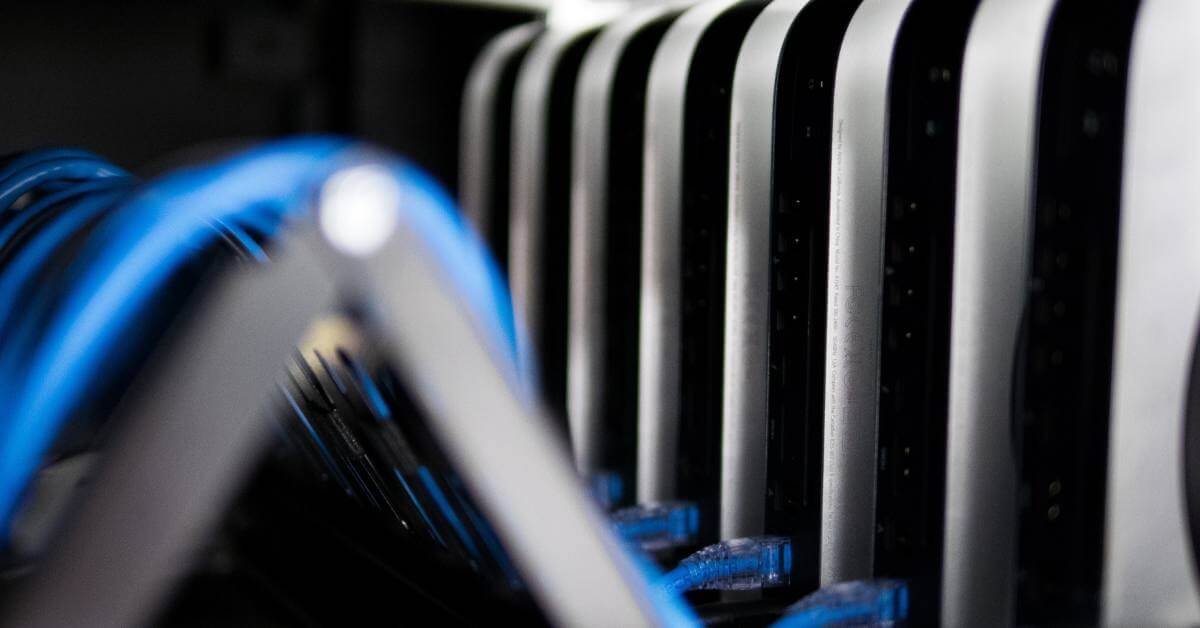It’s every CTO’s dream turned worst nightmare come true.
You’ve launched a new product. The response is overwhelming, and your website floods with visitors. Carts fill, purchases are in the works—then your server overheats. You lose your capacity to process transactions, and your brand’s revenue and reputation take a huge hit.
You can’t afford to take on substantial data risk with every infrastructure update or new product launch. And thankfully, you don’t have to.
Whether you have your own infrastructure or are looking for a cloud integration partner, the right datacenter hardware components help protect your data and support your business. Here are five must-have data center hardware components to look for to protect and manage your data.
5 Must-Have Datacenter Hardware Components
The right hardware components enable efficient data processing, reliable data storage, and seamless data distribution in datacenters. High-performance CPUs and sufficient RAM ensure fast and accurate data processing. Reliable disk drives, SSDs, and RAID technology provide reliable storage, prevent data loss and maintain data integrity. Load balancers, CDNs, and networking equipment optimize data distribution, improving performance and user experience.
While there are clear benefits to investing in high-quality datacenter hardware, the costs of not investing in your hardware can bring even more significant negative consequences for your business.
Inadequate hardware increases your overall risk. Disrupted operations and hardware failures expose your business to lost or stolen data, leaving you vulnerable to financial loss, legal liabilities, and reputational damage. All these concerns also bring system downtime that can cost you new business opportunities and erode trust with existing customers.
Clearly, carefully selecting the right components can significantly impact your business's success–or contribute to major problems. So how do you know which elements to focus on when ensuring greater server hard drive reliability? Here are five essential datacenter hardware components to keep optimized and fully operational to protect your data so you can focus on growing your business.
1. Physical servers
Physical servers are the core of any datacenter, like workhorses that provide the functionality and computational power for efficient operations. These hardware components can be standalone machines or virtualized instances running on powerful server racks. They connect to networks to enable data accessibility to computers and support applications and services.
Growth is out of the question if your servers can’t function on their existing workload. That’s why optimized physical servers are essential for modern businesses. They provide next-level computational power, reliability, security, flexibility, low-latency performance, and compliance capabilities so you can handle the complex tasks and processes (and protect the large amounts of data) necessary to growth.
2. Networking equipment
Networking equipment provides the infrastructure for efficient storage, processing, and transmission of apps and data. Fundamental equipment like switches help data flow between your servers to the appropriate destination. At the same time, routers connect and transmit to different networks. Load balancers also distribute incoming network traffic across servers.
These networking components facilitate efficient data routing, load distribution, and network management to create smooth, uninterrupted, and energy-efficient data transfer between servers, storage systems, and other interconnected devices. External systems, clients, and other customers rely on these interactions for continuous service, so providing them and keeping your runway open for future growth is important.
3. Software and Storage
Software and storage components are the backbone of datacenter operations. They encompass many programs, procedures, and resources that help your datacenter environment function efficiently. These components provide the necessary functionality to manage and control hardware resources, facilitate data processing, and support various applications and services so administrators can monitor and manage your datacenter infrastructure.
In addition, software and storage components support various applications like customer relationship management (CRM) systems, enterprise resource planning (ERP) solutions, business intelligence tools, and more. The better your software and storage, the better you can make informed decisions, improve workplace productivity, and innovate in today's data-driven landscape.
4. Critical Infrastructure
Datacenters rely on a robust critical infrastructure–components that support power, cooling, and cabling requirements–to maintain uninterrupted operations and avoid downtime and connectivity issues.
Rack power distribution units (PDUs), remote power panels, busways, floor PDUs, and uninterruptible power supplies (UPSs) work together to provide consistent and reliable power supply to your IT equipment, minimizing the risk of outages. Finally, computer room air conditioning (CRAC) and computer room air handler (CRAH) units maintain an optimal temperature and prevent overheating.
Proper critical infrastructure like the above prevents downtime, protects your equipment, and maintains your data and services' integrity to minimize disruptions and safeguard critical operations - even during periods of growth.
5. Security measures
Finally, your datacenter handles vast amounts of sensitive information, making security measures and governance a top priority worth investing in. Alarms, electronic door locks, surveillance systems, biometric scanners, and other safety mechanisms like staff access cards can protect the data and assets in your facility and protect the confidentiality, integrity, and availability of your stored data against both cyber and physical breaches.
Grow Beyond Datacenter Hardware Components
Supporting a new product or launching a new market means you can’t just focus on the complexities of managing datacenter operations and infrastructure. Instead, you need to solidify core operations and future strategies to redirect attention and resources towards innovation, expanded service offerings, and staying ahead in the competitive landscape.
The right cloud datacenter provider or integrator is an invaluable partner in this situation. Free your team from the burden of handling datacenter infrastructure by trusting your hardware component management with a reliable, experienced provider.
At Redapt, our enterprise infrastructure solutions assemble the right datacenter hardware components so you can focus on developing new ideas and creating exceptional customer experiences. Contact us today to learn more about our architecture or other solutions.
Categories
- Cloud Migration and Adoption
- Enterprise IT and Infrastructure
- Artificial Intelligence and Machine Learning
- Data Management and Analytics
- DevOps and Automation
- Cybersecurity and Compliance
- Application Modernization and Optimization
- Featured
- Managed Services & Cloud Cost Optimization
- News
- Workplace Modernization
- Tech We Like
- AWS
- Social Good News
- Cost Optimization
- Hybrid Cloud Strategy
- NVIDIA
- Application Development
- GPU






